From the floating homes of Iraq’s marshlands to the medieval towers that once punctuated the skyline of Bologna, Italy, these lost architectural wonders offer a glimpse into the diverse ways humans have interacted with and shaped their environments.
1. The Old London Bridge
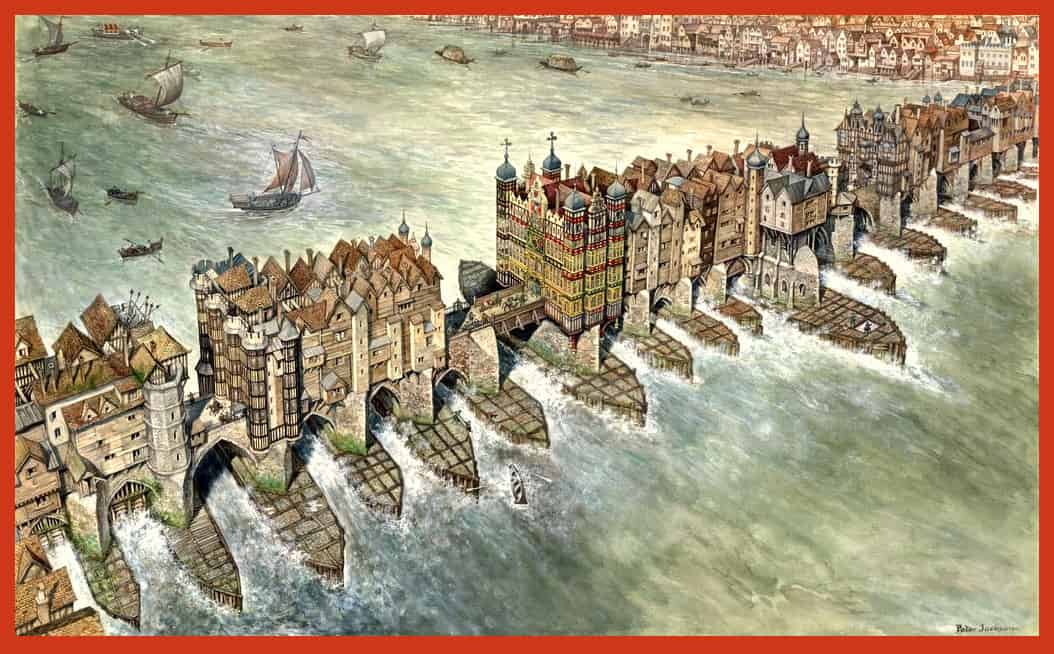
The Old London Bridge, constructed in the 12th century, was a marvel of medieval engineering and one of the most significant structures in London’s history. It took 30 years to construct.
It was made at a time when London had been ravaged by fires and even struck by a tornado, each of them damaging the previous bridge. That’s why the new bridge was different. Its foundation was built with huge wooden stakes plunged into the riverbed and infilled with rubble. Several piers were erected and on them was the actual bridge that spanned 282 meters (926 feet).
But this wasn’t just a bridge. It was a neighborhood.

Notably, the bridge was adorned with buildings and shops, making it a bustling thoroughfare and a residential area. Its unique feature was the series of 19 arches, which, while architecturally impressive, also created a bottleneck effect on river traffic and contributed to its notorious “falling down,” as mentioned in the famous nursery rhyme. By the 17th century, it was already considered old fashioned.
The bridge stood for over 600 years before being replaced in the 19th century due to its deteriorating condition and the need for a wider span to accommodate the growing city.
2. Nalanda University, India
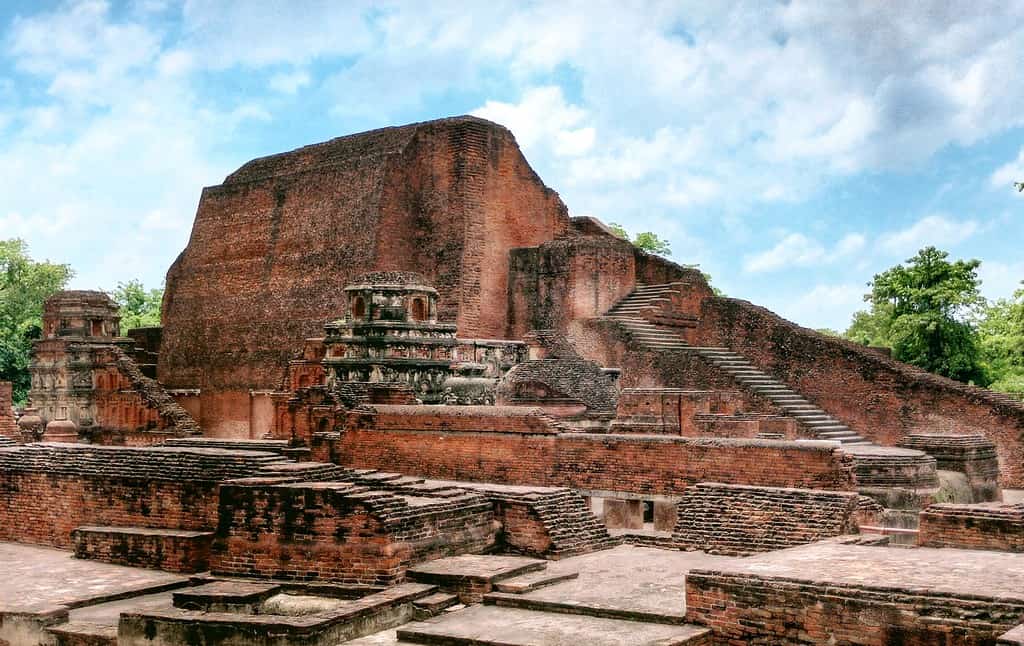
Nalanda University was an ancient center of higher learning in Bihar, India. It was one of the first universities in the world, dating back to the 5th century CE and focused on Buddhist teachings.
It was renowned for its vast library, Sariputra, and attracted scholars and students from as far as Tibet, China, Korea, and Central Asia. At its peak, Nalanda housed over 10,000 students and 2,000 teachers, offering studies in theology, grammar, logic, astronomy, and medicine.

The university was a symbol of knowledge and learning until it was destroyed by an army under Bakhtiyar Khilji, an Afghan military general who led the Muslim conquests of the eastern Indian regions in the 12th century. This event marked the beginning of a decline in Buddhist education in India, and the ruins of Nalanda were forgotten until their rediscovery in the 19th century.
3. Crystal Palace, London
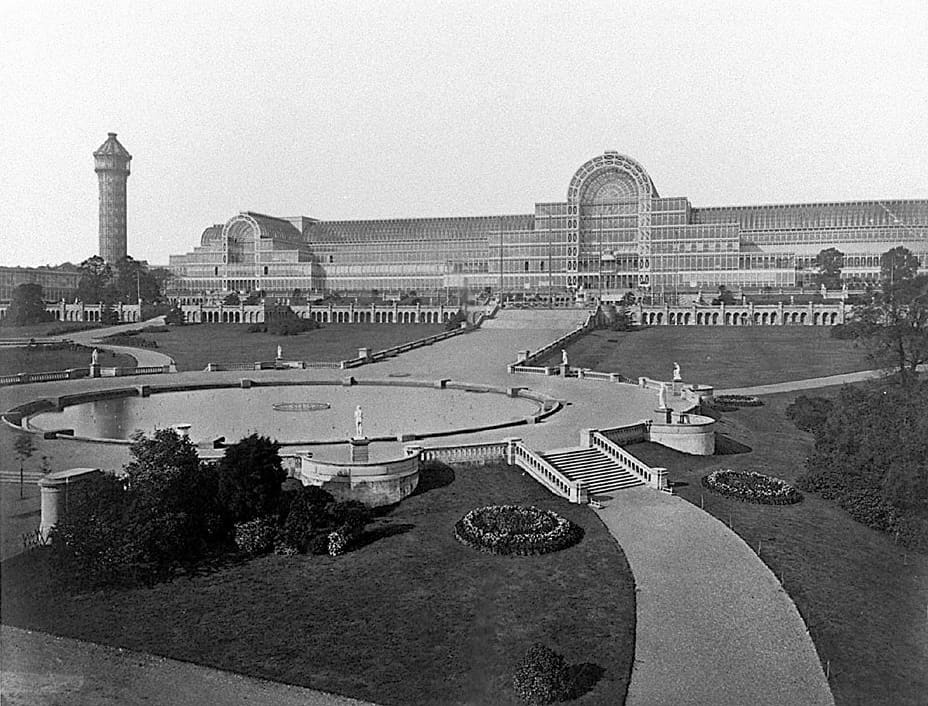
Not all architectural wonders are ancient or medieval.
The Crystal Palace was a glass and iron structure originally built in Hyde Park to house the Great Exhibition of 1851, showcasing the wonders of the industrial age. It had 60,000 panes of glass and clear walls and ceilings.
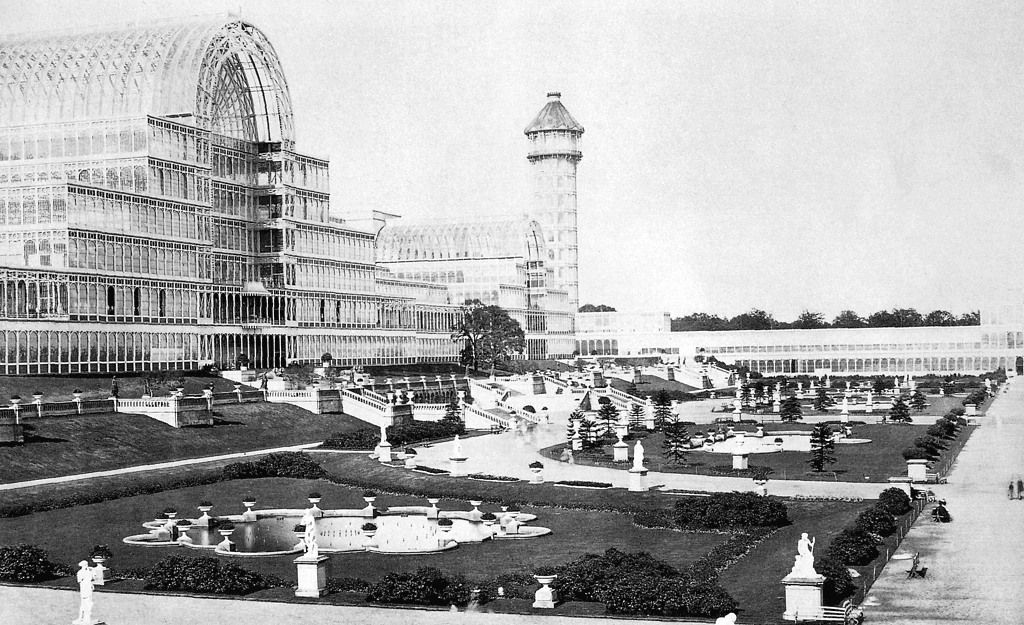
Designed by Sir Joseph Paxton, its modular construction and the use of prefabricated parts were groundbreaking, influencing modern architectural and engineering practices. After the exhibition, the palace was moved to Sydenham Hill, where it stood until it was destroyed by fire in 1936. The Crystal Palace was not only a symbol of the Victorian era’s industrial and cultural achievements but also a precursor to modern architectural designs that emphasize light and space.
In fact, it was so impactful that the area which hosted it is still called Crystal Palace to this day.
4. The Lost Floating Homes of Iraq
This is less of a single building and more of a unique building style.
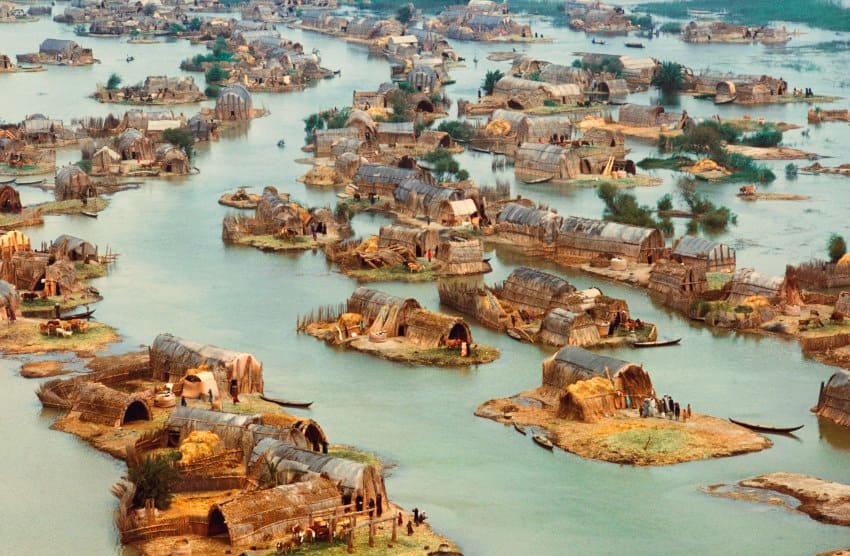
The marshlands of southern Iraq were once dotted with floating homes, a unique adaptation to the aquatic environment of the Tigris and Euphrates rivers. These reed houses, called Mudhif, were built by the Marsh Arabs or Ma’dan. They were constructed entirely from reeds harvested from the marshes, demonstrating an intricate understanding of sustainable living in harmony with the environment.
The communities thrived for millennia, developing a culture deeply intertwined with the wetlands. However, the marshes and their floating homes faced near destruction in the 1990s due to drainage projects initiated by the Iraqi government. Efforts have since been made to restore the marshlands, a testament to resilience and the importance of ecological and cultural preservation. But the success has been limited — also a testament to how much humans can change an environment.
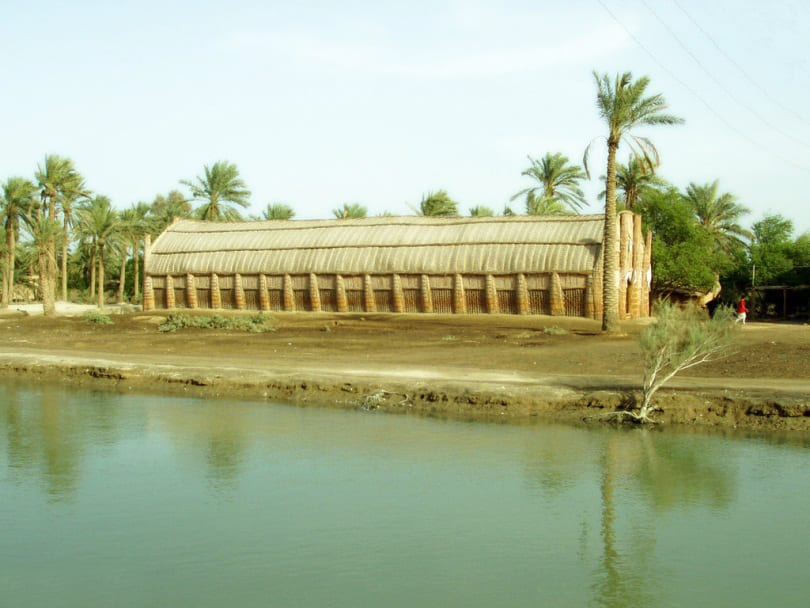
5. The medieval towers of Bologna
What if I told you the medieval town of Bologna, Italy, had a skyline that resembled the skyscrapers of Manhattan?
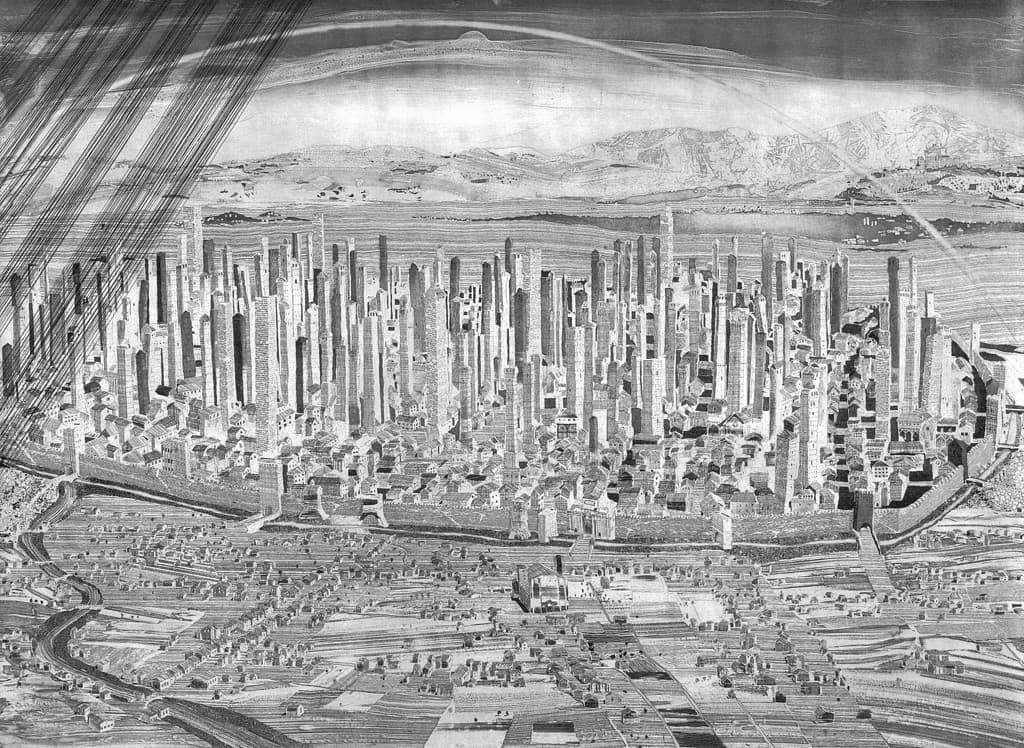
Bologna, Italy, was once famous for its many towers, constructed in the 12th and 13th centuries by wealthy families for defensive purposes and as symbols of status and power. At its height, it is estimated that Bologna had as many as 180 towers — some standing as high as 100 meters (329 feet).
Today, only about 20 of these structures remain, with the Asinelli and Garisenda towers being the most prominent survivors. These medieval skyscrapers were a distinctive feature of the city’s skyline, and their construction techniques and purposes offer insight into the social and political dynamics of medieval Italian city-states.
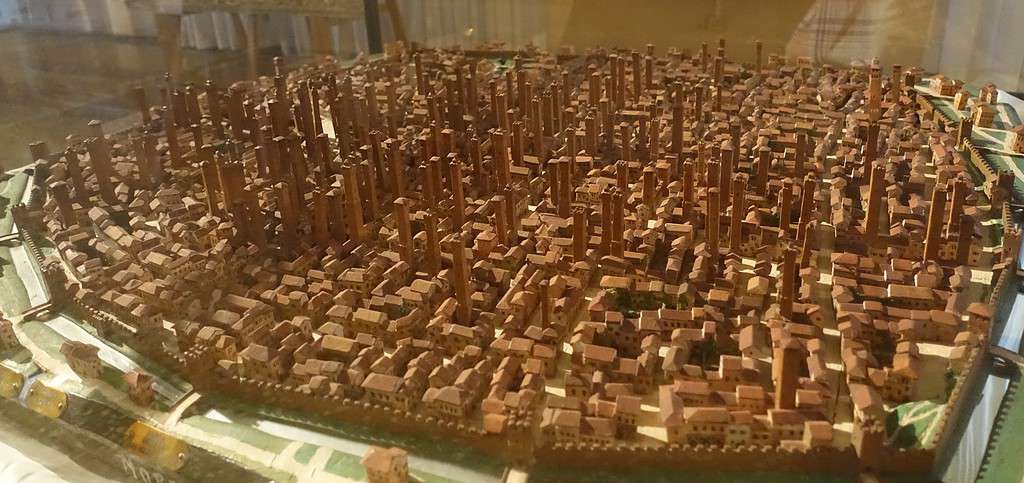
6. Cathedral of Christ the Saviour, Kyiv, Ukraine
The original Cathedral of Christ the Saviour in Kyiv, Ukraine, was a monumental project.
Initiated in the 19th century, it was intended to be a grand cathedral to rival those of Western Europe, symbolizing the spiritual revival and strength of the Orthodox Church.

However, in the aftermath of World War I and the Russian Revolution of 1917, most of the Ukrainian region became a republic of the Soviet Union. The Soviets enforced atheism and a series of anti-religious measures, systematically destroying many churches. Soviet dictator Joseph Stalin chose the site of the Ukrainian cathedral as the site for a monument to socialism.
The story of this cathedral reflects the turbulent history of Ukraine and the complex interplay between religion, politics, and identity in Eastern Europe.
7. Round city of Baghdad, Iraq
Founded in 762 CE by the Abbasid Caliph Al-Mansur, the Round City of Baghdad was a marvel of Islamic architecture and urban planning. The city was designed as a perfect circle, with walls forming its circumference and the caliph’s palace and the Great Mosque at its center. This radial design influenced later urban developments in the Islamic world and beyond.
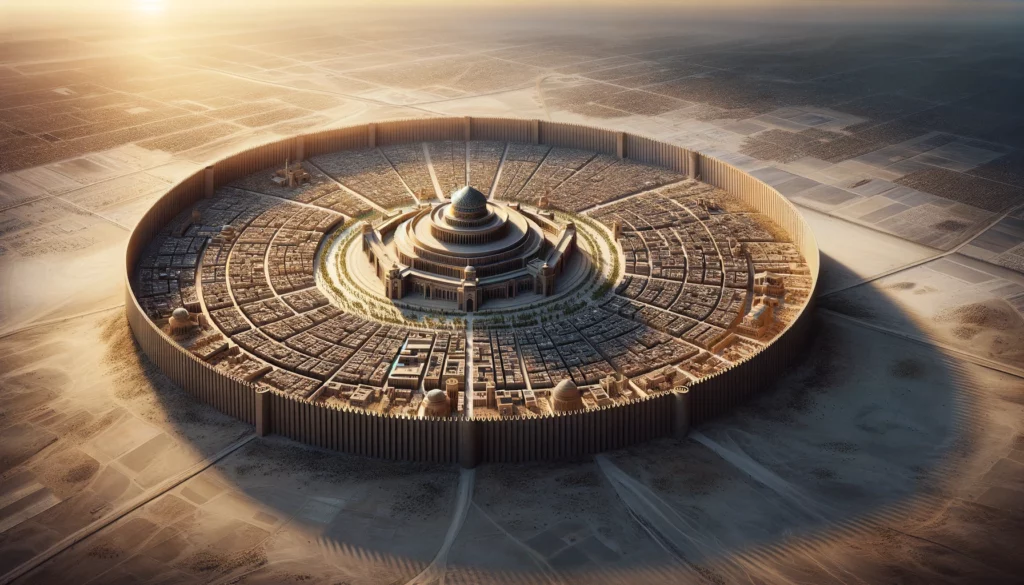
The Round City was a center of learning, culture, and power in the medieval world, housing the renowned House of Wisdom. Over centuries, the original layout was obscured by invasions and modern urban development, leaving little trace of its once revolutionary design.
The city was the de-facto center of the Islamic world from 766 until its destruction by the Mongols in 1258. This event was so impactful that it essentially lead to the end of the Islamic Golden Age.
8. The Neue Elbbrücke Bridge, Hamburg
The Neue Elbbrücke in Hamburg, Germany, was an architectural feat of its time, symbolizing the city’s industrial growth and modernization in the late 19th century.

This bridge facilitated transport and commerce, connecting different parts of the city across the Elbe River. Its innovative design and engineering techniques were emblematic of the era’s technological advancements. But it was also an aesthetic symbol, with two neo-Gothic gateways.
It wasn’t bombs or any invasion that tore down this bridge. Nope. It was torn down in 1959 to add an additional car lane.
9. The Porcelain Tower of Nanjing

The Porcelain Tower of Nanjing, also known as Bao’ensi, was a 15th-century pagoda renowned for its breathtaking beauty and intricate design, featuring porcelain tiles that glimmered in the sun.
Built during the Ming Dynasty, it was considered one of the Seven Wonders of the Medieval World. The tower stood approximately 79 meters tall and was adorned with Buddhist imagery and inscriptions. It was largely destroyed during the Taiping Rebellion in the 19th century, and though there have been efforts to reconstruct it, the original tower’s splendor and significance as a symbol of Nanjing’s cultural and religious history remain unparalleled.
These nine architectural wonders, shrouded by the sands of time underscore the importance of preserving what remains of our cultural heritage, not only for its historical and aesthetic value but also for the lessons it offers future generations. In doing so, we honor not just the past but also the future, ensuring that the marvels of our time, and those of times long gone, continue to inspire, educate, and wonder for generations to come.


